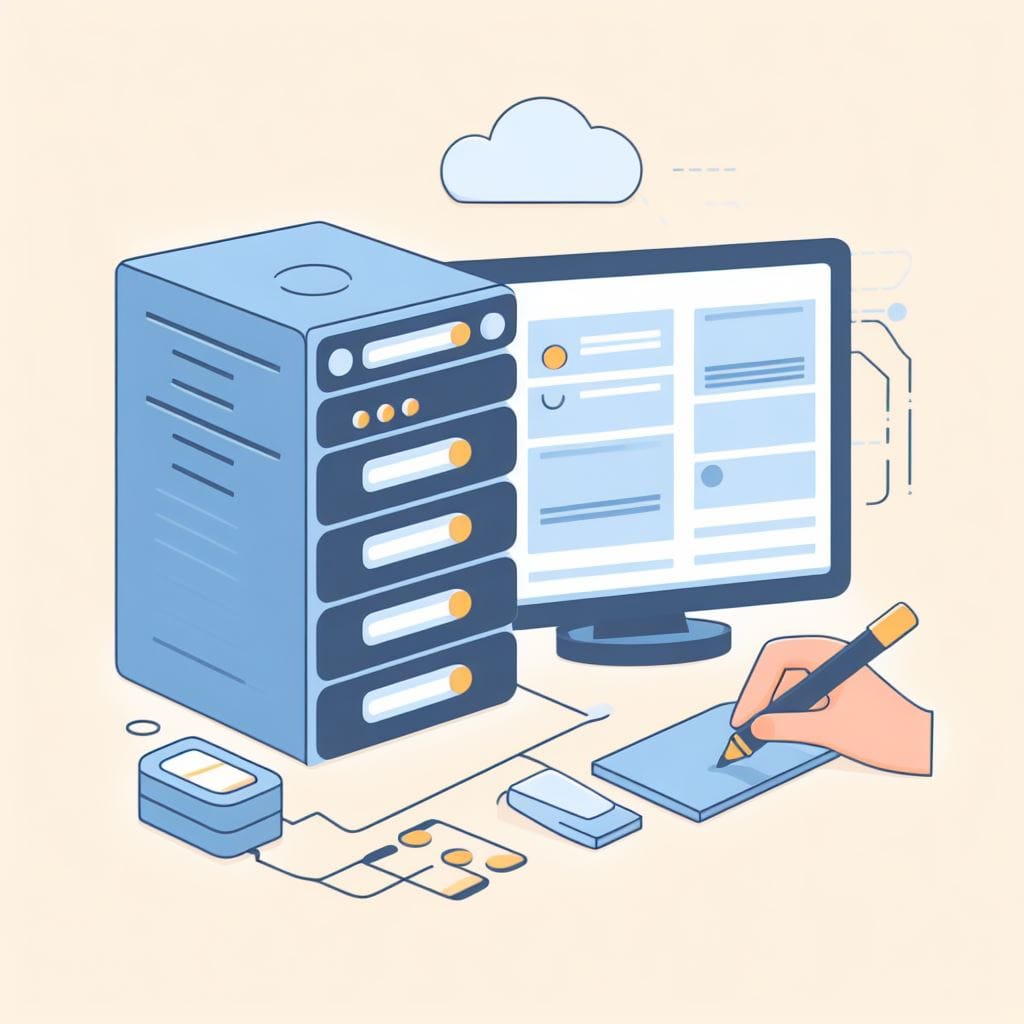Tips for Implementing Secure Industrial Control Systems (ICS) on Your Dedicated Server

Securing Industrial Control Systems (ICS) on a dedicated server is crucial to prevent unauthorized access, protect critical infrastructure, and ensure the safety and reliability of industrial processes. Here are some tips to help you implement a secure ICS on your dedicated server:
- Access Control:
- Implement strong access controls. Only authorized personnel should have access to the ICS. Use strong, unique passwords and consider two-factor authentication.
- Network Segmentation:
- Divide your network into segments to isolate critical systems from less secure areas. This limits the potential attack surface.
- Firewalls:
- Use firewalls to filter and control incoming and outgoing traffic. Configure them to allow only necessary communication between devices.
- Regular Patching and Updates:
- Keep all software, including the operating system and ICS applications, up-to-date with the latest security patches.
- Intrusion Detection and Prevention:
- Implement intrusion detection and prevention systems (IDPS) to monitor network traffic for suspicious activities and respond to potential threats.
- Antivirus and Anti-Malware:
- Install reputable antivirus and anti-malware software on all devices connected to the ICS network.
- Continuous Monitoring:
- Monitor the ICS for unusual behavior or traffic patterns that could indicate a security breach.
- Security Audits and Penetration Testing:
- Conduct regular security audits and penetration tests to identify vulnerabilities and weaknesses in your system.
- Data Encryption:
- Use strong encryption protocols (like SSL/TLS) to protect data in transit. Ensure sensitive data is encrypted at rest.
- Secure Communication Protocols:
- Use secure communication protocols like HTTPS, SSH, and VPNs to protect data transmission.
- Physical Security:
- Ensure that physical access to the server room or data center is restricted to authorized personnel only.
- Employee Training:
- Train staff on security best practices, social engineering awareness, and how to recognize and respond to security threats.
- Incident Response Plan:
- Have a well-defined incident response plan in place that outlines the steps to take in the event of a security incident.
- Backups and Disaster Recovery:
- Regularly back up critical data and ensure that you have a robust disaster recovery plan in case of a breach or system failure.
- Vendor and Third-Party Management:
- Ensure that third-party vendors follow security best practices and conduct regular security assessments of their products or services.
- Regulatory Compliance:
- Ensure that your ICS complies with industry-specific regulations and standards, such as NIST, IEC 62443, or ISA/IEC 62443.
- Logging and Monitoring:
- Implement comprehensive logging to keep track of system activities and events. Monitor these logs for suspicious behavior.
- Secure Configuration:
- Follow best practices for configuring servers and network devices, such as disabling unnecessary services and using secure defaults.
- Security Information and Event Management (SIEM):
- Consider implementing SIEM solutions to centralize and analyze security events across your ICS.
- Regular Security Reviews:
- Conduct periodic security reviews and assessments to identify and address new threats and vulnerabilities.
Remember, security is an ongoing process. Stay vigilant, keep up with the latest security practices, and adapt your security measures as needed to address emerging threats.



